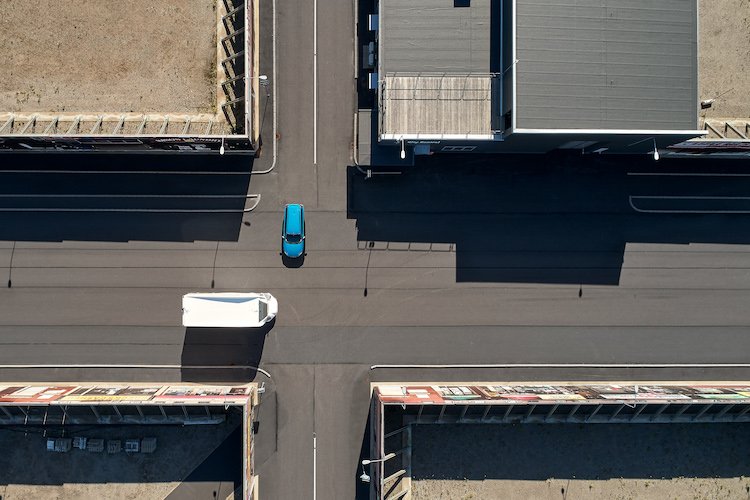
Sweden unveils ‘world’s most advanced’ testing facility for self-driving cars
Sweden has unveiled what describes as “the world’s most advanced testing facility for self-driving cars”.
AstaZero, near Gothenburg, sets new benchmark in automated vehicle testing.
The safety of testing self-driving technology has garnered global attention recently following fatal incidents on public roads.
As a result, the demand for better and much more complex test facilities is increasing rapidly as the automotive industry questions whether the technology is ready to test on public roads.
To address this need, Swedish state-owned Research Institutes of Sweden, RISE in partnership with Charmers University, is unveiling the AstaZero 5G test facility, the world’s most advanced for self-driving vehicles.
This is a first step towards a completely new type of test environment that provides the data necessary to predict vehicle behaviour in real-life situations without the need for on-the-road testing.
Established in 2014, AstaZero is the first test facility in the world dedicated to automated driving and active safety of ground vehicles.
The combination of proving ground design and advanced real-time data analysis enables automated vehicle testing that was unthinkable a year ago.
Engineers at the test facility in Gothenburg predict that it will speed up development 10-fold.
This will be welcomed by manufacturers in an industry expected to be worth $7 trillion by 2050.
Thanks to a unique mixed reality test environment, it can simulate virtually any traffic situation in any city on the planet. It is able to blend the virtual world, for example the iconic Arc de Triomphe traffic system in Paris or Time Square in New York, with real vehicles and real people stationed around the track.
By using the latest in 5G connectivity and distributed cloud services, AstaZero is able to mix test vehicles with virtual vehicles.
This enables realistic and a completely new level of traffic complexity and real-world applications in the test loop, including theoretical traffic environments in which autonomous vehicles share roads and pavements alongside drones, cyclists or pedestrians.
Peter Janvik, CEO of AstaZero, says: “The automotive industry clearly needs better, faster and much more complex test facilities before new self-driving products can be safely tested on public roads.
“AstaZero is unveiling the world’s most advanced test environment with 5G speed and accuracy that can replicate real-world traffic complexity unlikely anything that’s been seen before.”
AstaZero caters for five different test environments: bike test area, city area, a multilane road, rural road and a flexible high-speed area.
Together, they form a comprehensive set of key environments for research and development of automated driving.
To this, AstaZero is now adding Super Multilane with unsurpassed consumer testing and legal requirement capabilities. This is the only one of its kind in Europe and the most advanced in the world.
There is no data limit in the mixed reality system thanks to the vast capacity of the 5G network, developed in partnership with WARA-CAT, Ericsson and PTS.
This also allows AstaZero to create complex tests with key partners in the automated vehicle ecosystem including telecom operators, end-user equipment developers, phone manufacturers and third-party developers.
This enables the creation of distorted environments in which huge amounts of airborne data traffic influence the effectiveness of connected and/or autonomous vehicles.
AstaZero is underlining its leadership by supporting the adoption of an ISO standardised testing system to make results comparable across the globe.
It believes this is vital in order to make the massive amounts of testing for automated vehicles feasible.
Sweden has implemented a strategy to make the country the preferred test location for advanced automated vehicle technology.
Close collaboration with partners in the EU, USA, China, Singapore and South Korea has been strengthened following the signing of a memorandum of understanding on the 15th August 2018, which sees the world’s leading proving grounds committing to further data sharing moving forward.
The government is committed to making Sweden a leader in the research and development of sustainable and safe vehicles.
Electric, connected and automated vehicles are crucial to safe and sustainable transportation in the future. AstaZero is an example of how Sweden aims to deliver on this ambition.
The AstaZero facility also caters for advanced testing of self-driving construction vehicles too, an area where many believe self-driving technology will be implemented first.
By using a high amount of remotely controlled vehicles combined with fully automated vehicles deep underground, humans can stay above ground and work safely.
